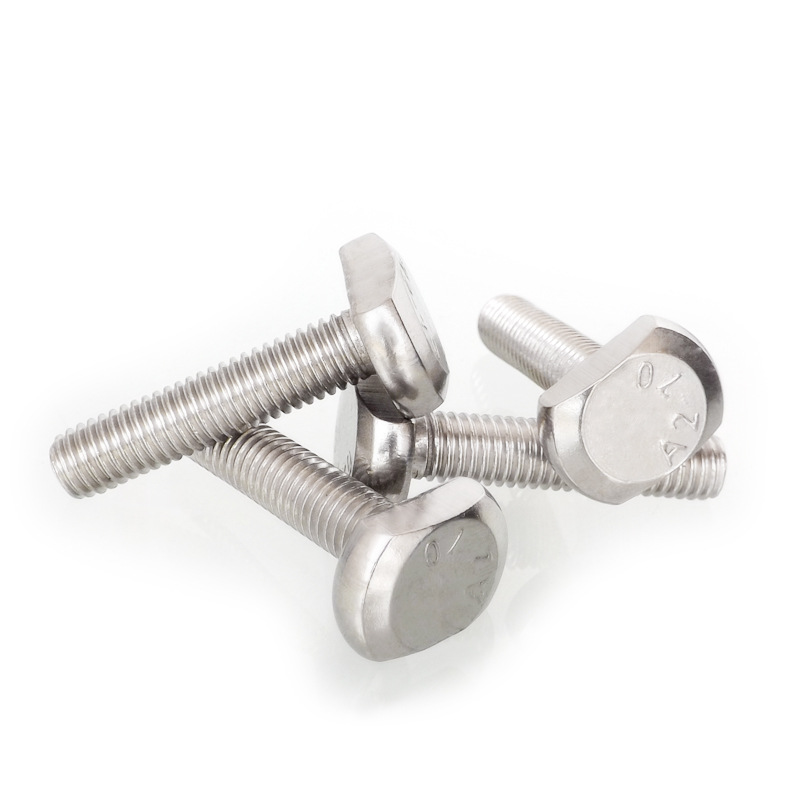

Exploring the Versatility and Applications of Bolts in Construction and Engineering
Nov . 27, 2024 09:01 Back to list
Exploring the Versatility and Applications of Bolts in Construction and Engineering
Understanding Bolts The Unsung Heroes of Engineering
When it comes to construction and engineering, the spotlight often shines on large structures, cutting-edge technologies, and innovative design concepts. However, lurking quietly in the background, the critical components that hold these elements together are often overlooked. Among them, bolts play an essential role, acting as the binding agents that ensure the stability, strength, and safety of countless structures and machines.
The Basics of Bolts
Bolts are fasteners characterized by a cylindrical shaft and a head. They are typically produced from materials such as steel, stainless steel, or alloyed metals, offering different strengths and resistance to environmental factors. A bolt is designed to be inserted through the components being joined and secured with a nut or by threading directly into a tapped hole. This straightforward mechanism belies its complexity – the capabilities and applications of bolts are incredibly diverse.
Types of Bolts
There are numerous types of bolts available, each suited for specific applications. Common varieties include hex bolts, lag bolts, carriage bolts, and eye bolts. Hex bolts are perhaps the most widely used. Recognized by their hexagonal heads, they are utilized in various applications from automotive to heavy machinery. On the other hand, lag bolts, known for their coarse threads, are often employed in wood applications due to their ability to create a strong bond.
Understanding the differences among bolt types is crucial. For instance, a carriage bolt has a rounded head and a square neck that prevents rotation when tightened, making it ideal for joining wooden components. Eyes bolts, with their looped heads, provide a point for attaching cables or ropes, commonly found in rigging applications.
The Engineering Behind Bolt Design
bolts t

The design of bolts is a sophisticated process that takes into account multiple factors including load-bearing capacity, material fatigue, and environmental exposure. Engineers must specify the correct grades of bolts to ensure that they can withstand the forces they will encounter. For instance, grade 2 bolts are suitable for light-duty projects, while grades 8 and above are used in heavy-duty applications requiring higher strength.
Moreover, surface treatments are also important. Many bolts are coated with zinc to provide corrosion resistance, extending their life in outdoor or adverse environments. Understanding these design elements is crucial for engineers to select the right bolt for their specific needs, ensuring safety and efficiency in their projects.
The Role of Bolts in Safety
Bolts are critical in maintaining safety standards in constructions. A failure in a single bolt can lead to catastrophic outcomes, especially in structures like bridges, buildings, and cranes. Hence, quality assurance, precise specifications, and proper installation techniques are paramount. The importance of using the correct torque settings during installation cannot be overstated, as improper torque can lead to either bolt failure or structural looseness over time.
Innovations and Future Developments
The future of bolt technology looks promising with ongoing innovations in materials and coatings. Lightweight materials like titanium and advanced composites are becoming more prevalent, especially in aerospace applications where weight savings are critical. Additionally, the advent of smart bolts embedded with sensors is revolutionizing how we monitor structural integrity. These “smart” fasteners can provide real-time data on stress levels, temperature changes, and overall health of a structure, enabling proactive maintenance and management.
Conclusion
In summary, bolts may not receive the same level of attention as some of their more glamorous counterparts in the world of engineering, but their value cannot be understated. They are the silent workhorses that provide strength, safety, and reliability. As engineering continues to evolve, the advancement of bolt technology will undoubtedly play a crucial role in the construction of safer and more efficient structures. The next time you admire a towering skyscraper or an intricate piece of machinery, remember the vital role played by bolts in holding together the fabric of our engineered world.
Latest news
-
High-Strength Hot Dip Galvanized Bolts - Hebei Longze | Corrosion Resistance, Customization
NewsJul.30,2025
-
Hot Dip Galvanized Bolts-Hebei Longze|Corrosion Resistance&High Strength
NewsJul.30,2025
-
High-Strength Hot-Dip Galvanized Bolts-Hebei Longze|Corrosion Resistance&High Strength
NewsJul.30,2025
-
Hot Dip Galvanized Bolts-Hebei Longze|Corrosion Resistance&High Strength
NewsJul.30,2025
-
Hot Dip Galvanized Bolts - Hebei Longze | Corrosion Resistance, High Strength
NewsJul.30,2025
-
High-Strength Hot Dip Galvanized Bolts-Hebei Longze|Corrosion Resistance, Grade 8.8
NewsJul.30,2025

